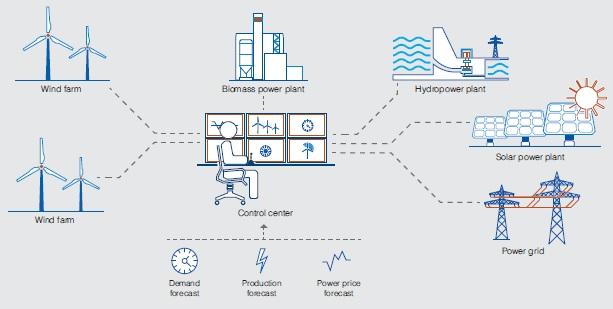
Verification Process for EPDs
What does the verification involve, how are products assessed?
Bob: The verification process for EPDs involves a thorough evaluation by independent third-party LCA (Life Cycle Assessment) practitioners who specialize in lifecycle assessments and environmental analysis. These practitioners ensure the information presented is accurate, reliable and compliant with established standards and guidelines. Assessments cover various environmental factors, including global warming potential, water, material and energy usage, greenhouse gas emissions, resource depletion and waste generation.
Review of EPDs
How often is an EPD reviewed?
Sencan: EPDs undergo periodic reviews to ensure the accuracy and relevance of the information provided to meet industry needs. AkzoNobel is committed to upholding the highest standards of transparency and environmental responsibility. Therefore, we strive to review and renew our EPDs regularly, typically every five years or as required by industry practices and evolving sustainability guidelines. We’re proud that we were the first powder coatings company to provide an EPD in our industry in 2015, this was renewed in 2018. Our latest, published in mid-2023, will be valid for five years, which is in line with the EN15804+A2 norm for construction products. This norm harmonizes the structure for EPDs in the construction sector, making the information transparent and comparable.
Comparison of EPDs
Can customers compare EPDs?
Bob: In theory it’s possible, but in practice, you’ll very likely compare apples with pears. There are many aspects to consider. For example, they must be based on the same Product Category Rules (PCR), including the same version number, or be based on fully aligned PCRs or versions of PCRs. They must also cover products with identical functions, technical performances or use; have equivalent system boundaries (scope and cradle-to-gate); have equivalent content declarations; and be valid at the time of comparison. Furthermore, EPDs within the same product category – but registered in different EPD programs, or not compliant with EN15804 – may not be comparable.
Standardization of EPDs
How come there isn’t just one standard?
Sencan: The most up-to-date standard is EN15804+A2. This new A2 norm brings additional environmental impact categories. Since EPDs are valid for up to five years, comparing one EPD with another requires attention to PCRs, as previously mentioned). In addition to the identical properties listed by Bob, methods of data collection, allocation methods, cut-off rules and impact assessment methods (including the same version of characterisation factors) have an impact on EPDs. Taking all of this into consideration, EPDs can slightly vary from another company’s EPDs.
Importance of EPDs
Can you sum up why EPDs are so important for customers and AkzoNobel/Powder Coatings?
Bob: The EPD allows our customers to make informed choices aligned with their sustainability objectives, based on transparent and reliable third-party information. At the same time, the Powder Coatings business is fully aligned with the company’s sustainability goals – which are at the core of our business strategy. This includes carbon footprint reduction and environmental preservation. Our sustainability journey encompasses continuous learning, setting ambitious goals, fostering transparency through (among other parameters) EPDs, and implementing improvements to reduce our carbon footprint. By embracing these pillars, we empower positive change, fostering a more sustainable future.
SDGs, Targets, and Indicators
| SDGs | Targets | Indicators |
|---|---|---|
| SDG 12: Responsible Consumption and Production | Target 12.6: Encourage companies to adopt sustainable practices and integrate sustainability information into their reporting cycle | The article discusses the importance of EPDs (Environmental Product Declarations) in providing transparent and reliable third-party information to customers, enabling them to make informed choices aligned with their sustainability objectives. |
| SDG 13: Climate Action | Target 13.2: Integrate climate change measures into national policies, strategies, and planning | The article mentions that EPDs cover various environmental factors, including global warming potential, greenhouse gas emissions, and resource depletion. By providing this information, EPDs contribute to integrating climate change measures into national policies and strategies. |
| SDG 15: Life on Land | Target 15.9: By 2020, integrate ecosystem and biodiversity values into national and local planning, development processes, poverty reduction strategies, and accounts | The article does not directly mention indicators related to this target. |
Behold! This splendid article springs forth from the wellspring of knowledge, shaped by a wondrous proprietary AI technology that delved into a vast ocean of data, illuminating the path towards the Sustainable Development Goals. Remember that all rights are reserved by SDG Investors LLC, empowering us to champion progress together.
Source: akzonobel.com

Join us, as fellow seekers of change, on a transformative journey at https://sdgtalks.ai/welcome, where you can become a member and actively contribute to shaping a brighter future.






